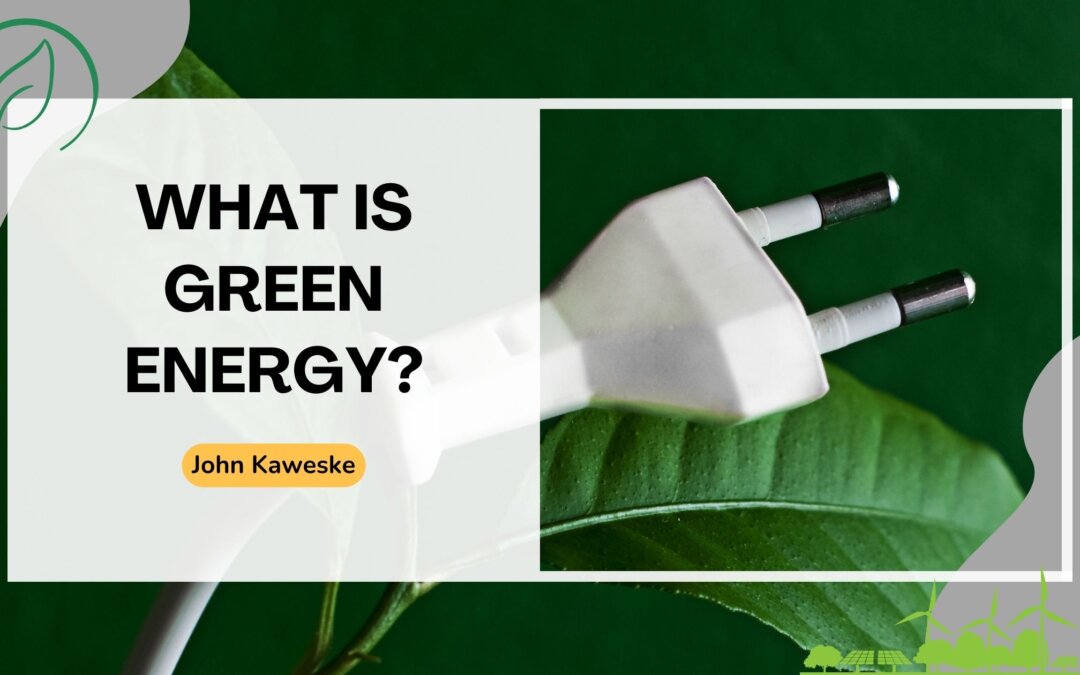Green energy, also known as renewable energy or clean energy, refers to energy derived from naturally replenished sources with minimal environmental impact. Unlike finite fossil fuels, which contribute to pollution and climate change, green energy sources are sustainable and produce little to no greenhouse gas emissions. The primary goal of green energy is to provide a cleaner, more sustainable alternative to conventional energy sources.
Here are some key aspects of green energy:
Renewable Sources:
Green energy is sourced from renewable resources, which can be naturally replenished over time. The main renewable energy sources include solar, wind, hydroelectric, geothermal, and biomass. These sources harness the power of the sun, wind, water, heat from the Earth, and organic matter to produce electricity or heat.
Solar Energy:
Solar energy is obtained from the sun’s rays using photovoltaic (PV) cells or solar thermal collectors. PV cells convert sunlight directly into electricity, while solar thermal collectors use the sun’s heat to generate steam and drive turbines for electricity generation.
Wind Energy:
Wind farms, consisting of multiple wind turbines, are often set up in areas with consistent wind patterns to maximize energy production.
Hydroelectric Energy:
Hydroelectric energy is derived from water flow, typically in rivers or dams. The force of the moving water drives turbines, generating electricity. Hydroelectric power is one of the most widely used renewable energy sources worldwide.
Geothermal Energy:
Geothermal energy taps into the Earth’s heat from natural geothermal reservoirs. It involves drilling into the Earth’s crust to access hot water or steam used for electricity generation or direct heating.
Biomass Energy:
These materials are burned to release heat, which can be used directly for heating or to generate electricity through steam turbines.
Economic Opportunities:
The transition to green energy offers economic opportunities by fostering innovation, creating jobs in the renewable energy sector, and promoting research and development in clean technologies. Green energy industries have seen significant growth and investment in recent years.
Grid Integration and Energy Storage:
Green energy technologies often require careful integration into existing power grids to ensure stability and reliability. Energy storage solutions are crucial in balancing energy supply and demand from intermittent renewable sources.
While green energy presents many benefits, there are also challenges to overcome. These include initial high costs, intermittency of some renewable sources, land and resource constraints, and the need for grid modernization and infrastructure investment.
Green energy represents a promising and sustainable path forward for the global energy sector. It offers a cleaner and more responsible way to meet the world’s energy needs while mitigating the harmful impacts of traditional fossil fuel-based energy sources. Embracing green energy is essential in the fight against climate change and ensuring a greener, healthier planet for future generations. As technology advances and economies transition to cleaner energy systems, green energy will continue to play a pivotal role in shaping the energy landscape of the future.

